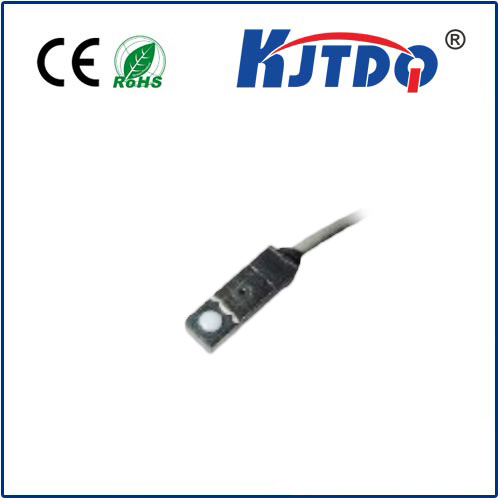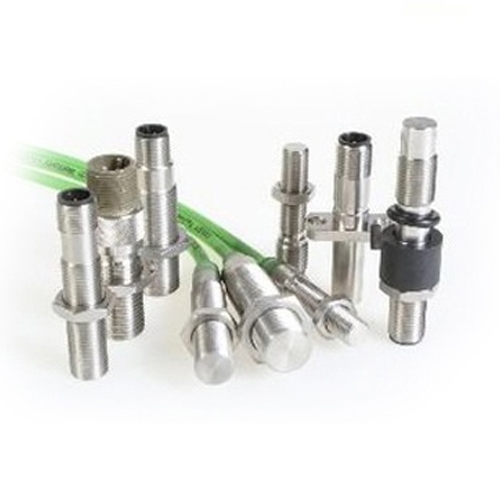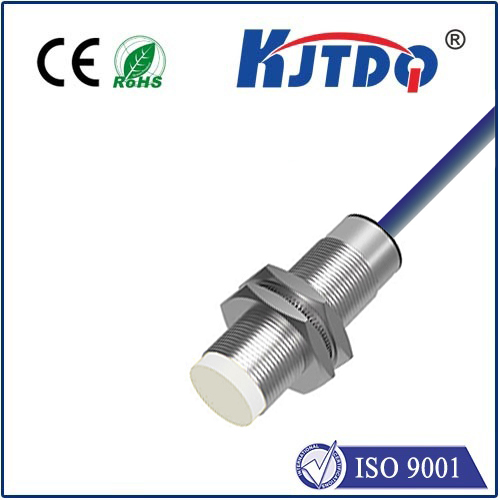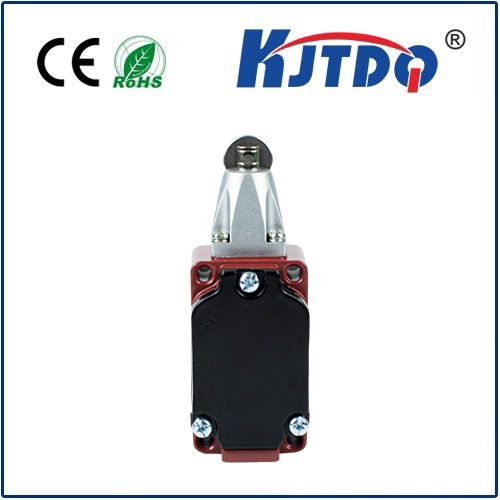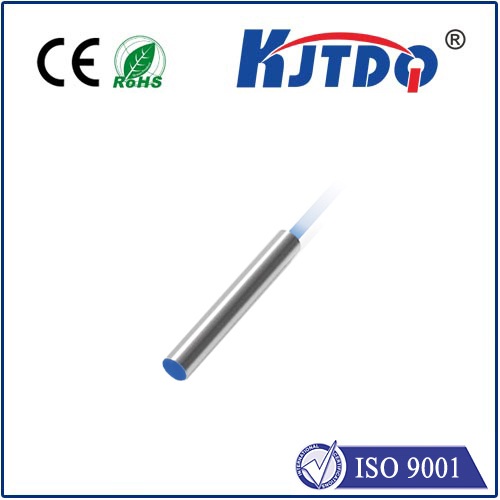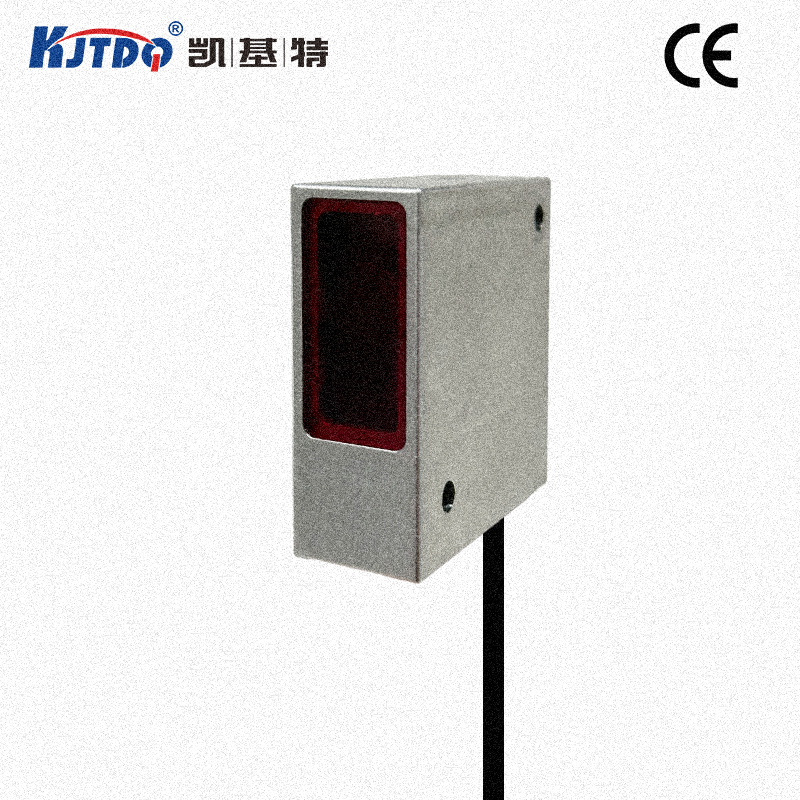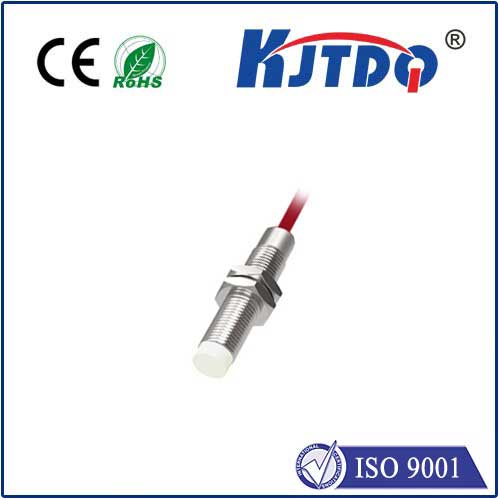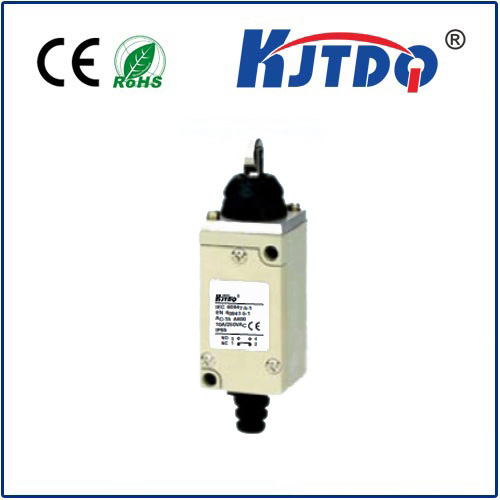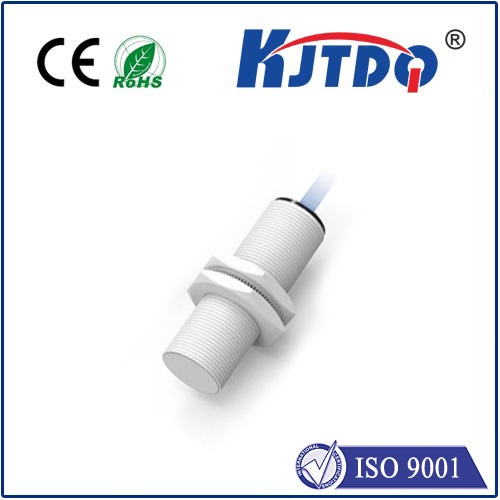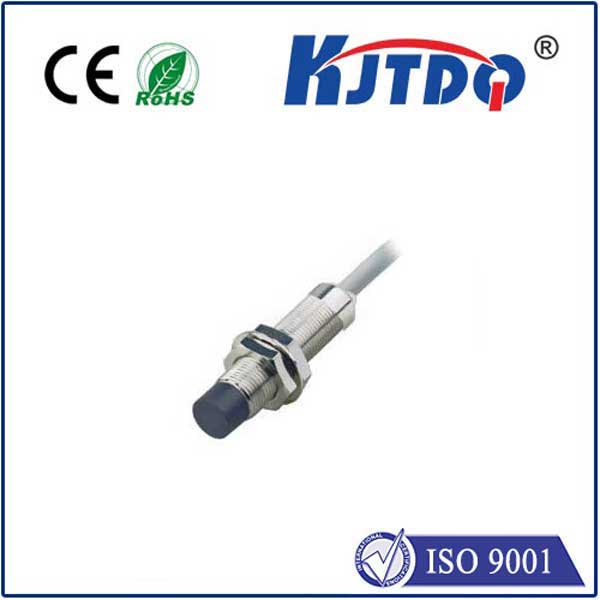

check

check

check

check

check

check

check

check

check

check
Title 1: Proximity Sensor PNP and NPN: A Comprehensive Guide
Proximity sensors are an essential component of many electronic devices, allowing them to detect objects or obstacles nearby. These sensors work by measuring the distance between the sensor and the object, and can be used for a variety of purposes, such as automatic door locks, touch screen controls, and even medical devices that measure patient vitals. Two key components of proximity sensors are the PNP (P-N-N) and NPN (N-P-N) transistors. In this guide, we will explore the role of PNP and NPN in proximity sensors and how they work together to provide accurate distance measurements.
Title 2: Understanding the Role of PNP and NPN in Proximity Sensors
Proximity sensors typically use both PNP and NPN transistors to achieve their desired functionality. The PNP transistor is typically used as an amplifier, while the NPN transistor is used as an inverter. When a voltage is applied to the input of the PNP transistor, it drives the collector current to the base terminal, which in turn drives the grid terminal to ground. This causes the output transistor (NPN) to conduct, resulting in an inverted signal being produced.
The output signal from the NPN transistor is then used to drive the input of another transistor, creating a loop of transistors that amplify the input signal. As more transistors are added to the loop, the amplification factor increases, allowing for more precise distance measurements. Additionally, the circuit can be adjusted to change the sensitivity of the sensor, allowing it to detect objects at different distances.
In summary, proximity sensors rely on the combination of PNP and NPN transistors to provide accurate distance measurements. By understanding how these components work together, engineers can design and troubleshoot proximity sensors more effectively, ensuring that they meet the specific requirements of their applications.
